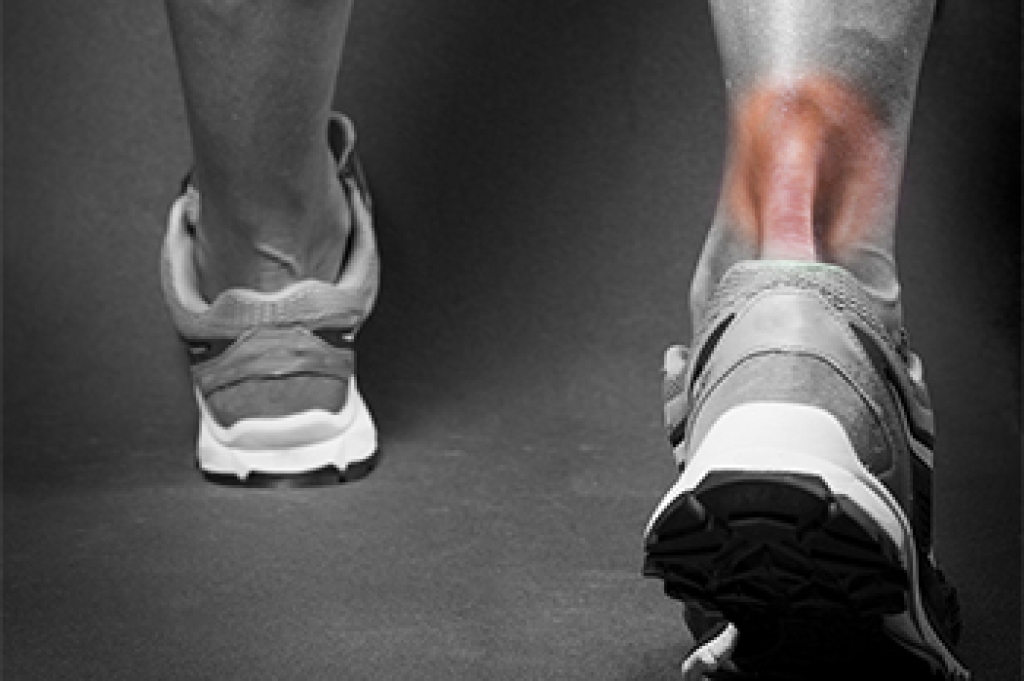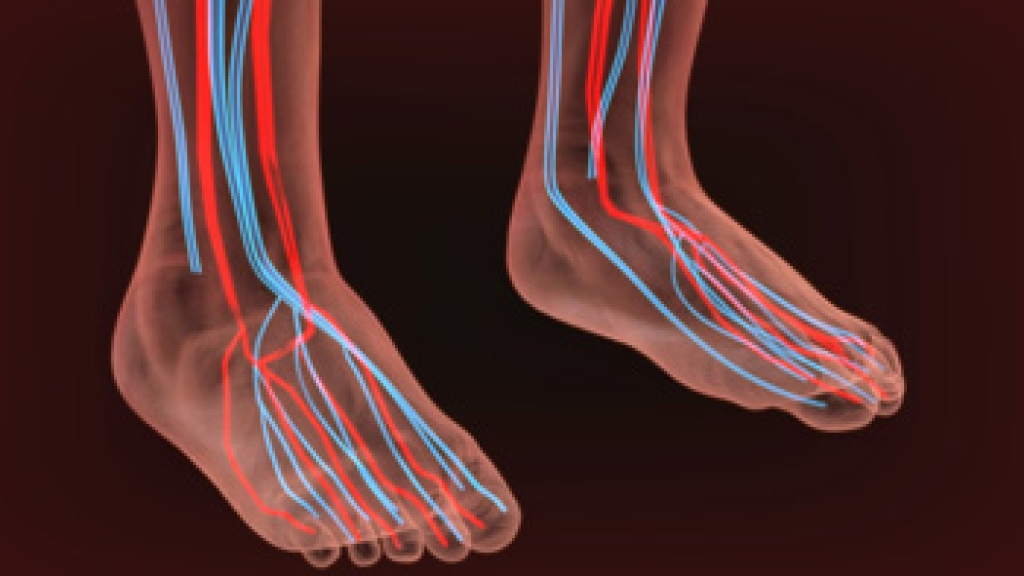
The Achilles tendon is located at the back of the leg near the heel and plays a vital role in foot movement by connecting the calf muscles to the heel bone. It enables pushing off the ground while walking or running. The two most common Achilles tendon injuries affecting this tendon are acute rupture and Achilles tendinopathy. An acute rupture involves a partial or complete tear, usually caused by sudden forceful movement, often during sports. It typically results in a popping sound, sharp pain in the calf, swelling, and difficulty walking. Achilles tendinopathy is a chronic condition caused by repetitive stress. Over time, small tears form in the tendon, leading to stiffness, pain with use, and a gradual decline in function. Over-training or increasing speed and distance too quickly can contribute to either condition. Treatment may involve surgery or wearing a boot to stabilize the foot. If you have an Achilles tendon injury, it is strongly suggested that you see a podiatrist who can help you with this condition.
Achilles tendon injuries need immediate attention to avoid future complications. If you have any concerns, contact Jeffrey Parrett, DPM of Parrett Podiatry. Our doctor can provide the care you need to keep you pain-free and on your feet.
What Is the Achilles Tendon?
The Achilles tendon is a tendon that connects the lower leg muscles and calf to the heel of the foot. It is the strongest tendon in the human body and is essential for making movement possible. Because this tendon is such an integral part of the body, any injuries to it can create immense difficulties and should immediately be presented to a doctor.
What Are the Symptoms of an Achilles Tendon Injury?
There are various types of injuries that can affect the Achilles tendon. The two most common injuries are Achilles tendinitis and ruptures of the tendon.
Achilles Tendinitis Symptoms
- Inflammation
- Dull to severe pain
- Increased blood flow to the tendon
- Thickening of the tendon
Rupture Symptoms
- Extreme pain and swelling in the foot
- Total immobility
Treatment and Prevention
Achilles tendon injuries are diagnosed by a thorough physical evaluation, which can include an MRI. Treatment involves rest, physical therapy, and in some cases, surgery. However, various preventative measures can be taken to avoid these injuries, such as:
- Thorough stretching of the tendon before and after exercise
- Strengthening exercises like calf raises, squats, leg curls, leg extensions, leg raises, lunges, and leg presses
If you have any questions please feel free to contact our office located in Waxahachie, TX . We offer the newest diagnostic tools and technology to treat your foot and ankle needs.




